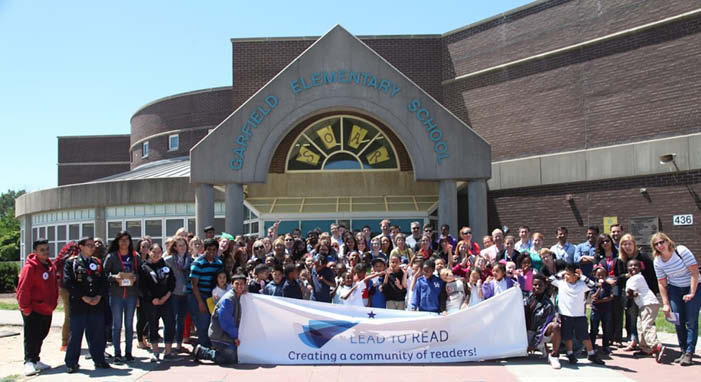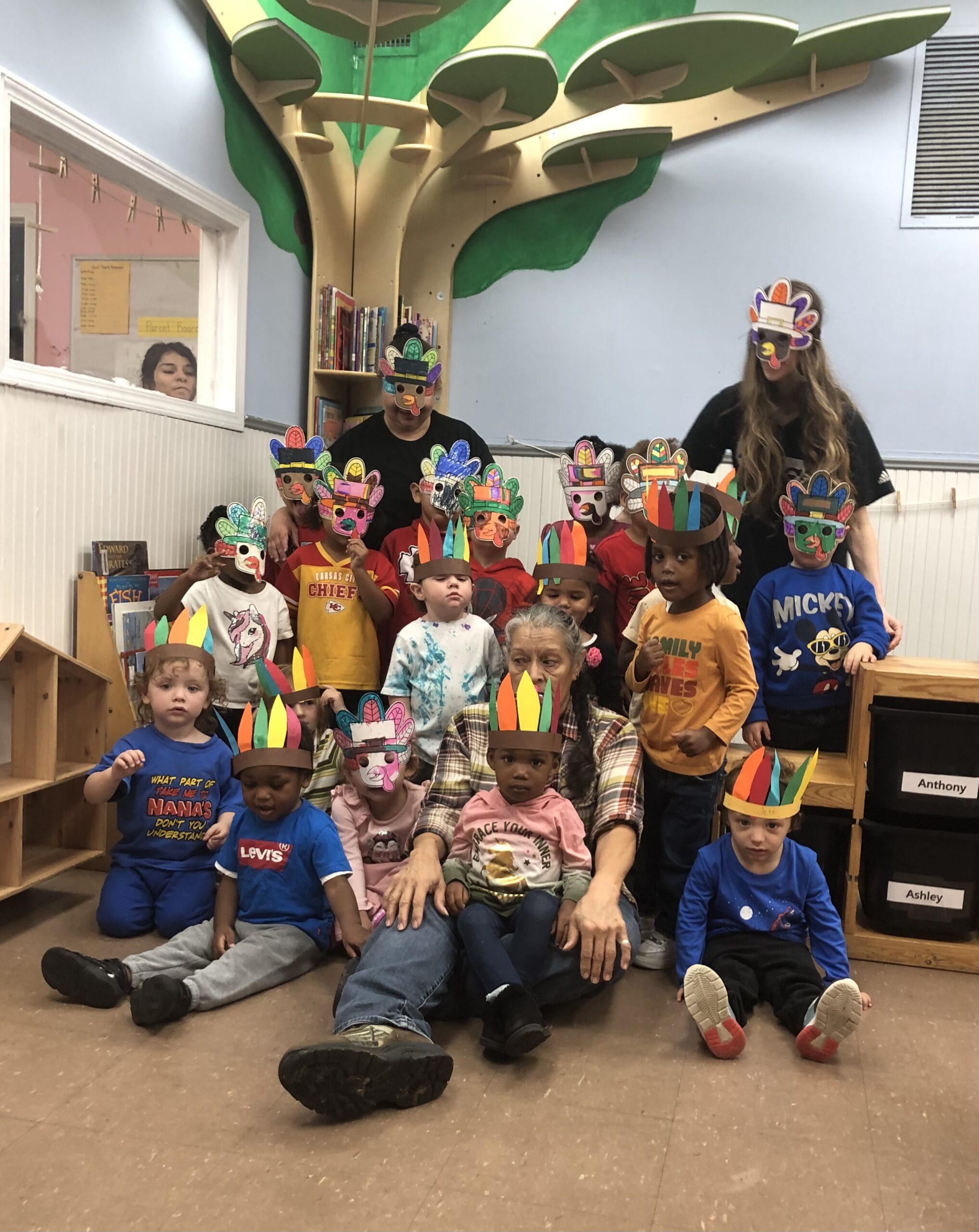
By Sarah Lindsey
Northeast News
August 3, 2016
KANSAS CITY, Missouri – According to the literacy organization Lead to Read KC, only 49% of students in Kansas City are reading at grade-level by third grade. While that number is up from 33% in 2011, the Lead to Read KC program thinks it can help students in the area do better. The mission of this program is to improve basic reading and comprehension skills, and teach young minds to love reading. Readers throughout the community pair with one student for thirty minutes one day of every week, and create a bond through reading. A small number of volunteers, led by Lynn and Jean Rundle, started to make this mission possible with the pilot of Lead to Read KC.
“We started very small; it was just a husband and wife who decided to serve a need in literacy,” said Pauly Hart, Director of Reader Development for Lead to Read KC.
The program continued to grow, building to about 300 volunteers reaching 300 students by the fall of 2015. By the spring of 2016 Lead to Read KC had increased exponentially, to around 745 volunteers averaging 31 reading hours per year, with a particular focus on students ranging from first to fourth grade. In short, the program more than doubled in size.
“We ended with almost 750 readers,” said Pauly Hart. “That’s phenomenal growth. From birth to third grade, people are learning to read. After third grade there is a shift, and they are expected to read to learn. If you have not mastered that reading benchmark, you are going to struggle.”
Students complete Star Tests and surveys at the beginning and end of each school year to evaluate their attitudes towards reading. These tests and surveys showed some classrooms finished with an 8% increase in overall reading scores.
Volunteer readers throughout the community speak positively about the Lead to Read KC experience. One reason is the time commitment; it does not take long to go out to a school and read one day out of each week for 30 minutes. Not only do the kids get great practice with their designated reader, but they get to enjoy that one-on-one time that their teacher may not be able to give them due to large class sizes. This program gives these students something to look forward to.
Outside organizations and partnerships such as DST and the KCPD have contacted Lead to Read KC and joined in on this exciting program. The police department has been supporting the program by allowing their employees to sign up. First-season reader Mary Botts, an administrative assistant in the Violent Crimes Division, spoke about their partnership and the benefits participating KCPD personnel received from volunteering in this program.
“KCPD is able to broaden their horizons a little because they are having the younger generation see them as not just police officers, but regular people,” said Botts. “Officers can benefit from this by teaching these kids while they are young.”
Having earned an Associate’s degree in Education, this was something that Botts has always had a passion for. She stated that it’s nice to get away from work and be able to dedicate time to helping students learn how to pronounce and sound out words. Botts began her first year with the program by reading to first graders at Hope Leadership Academy.
“Reading builds the foundation to almost anything; if you can read, you can pretty much do anything,” said Botts.
Sarah Cousineau, Marketing Director of Central Bank, has been involved in this program for four full years now. She has always had a passion for literacy and helping the urban community. Cousineau has volunteered at two schools, Garfield and Wendell Phillips Elementary, reading to both first and second graders. She read to Phillips for her first three years and to Garfield for one year. Cousineau put together a team from Central Bank to read to students at Garfield.
“It’s such a great program,” said Cousineau. “Not only do the kids get great practice with the reader, but you are able to work one-on-one with them. You really get attached to the students.”
The connection that readers make with their students is infectious. Even teachers have seen and appreciated the progress that these children have made.
“We’ve had teachers who have sent us personal letters,” said Hart. “One teacher stood up at their end-of-the-year celebration and started crying. She was just so thankful for the influence of this program.”
In addition to the program’s continued growth, Lead to Read KC students have shown a 27% increase in attitude about reading across the board. The goal for this program is to reach 1,000 readers in 2016.
“I would just love for everybody to know about Lead to Read, and how powerful one lunch hour a week can be for kids,” said Hart.
Interested in volunteering? Go to www.leadtoreadkc.org, click on ‘Become a Reader’ link. For more information, contact Lead to Read KC Director Pauly Hart at pauly@leadtoreadkc.org.



















